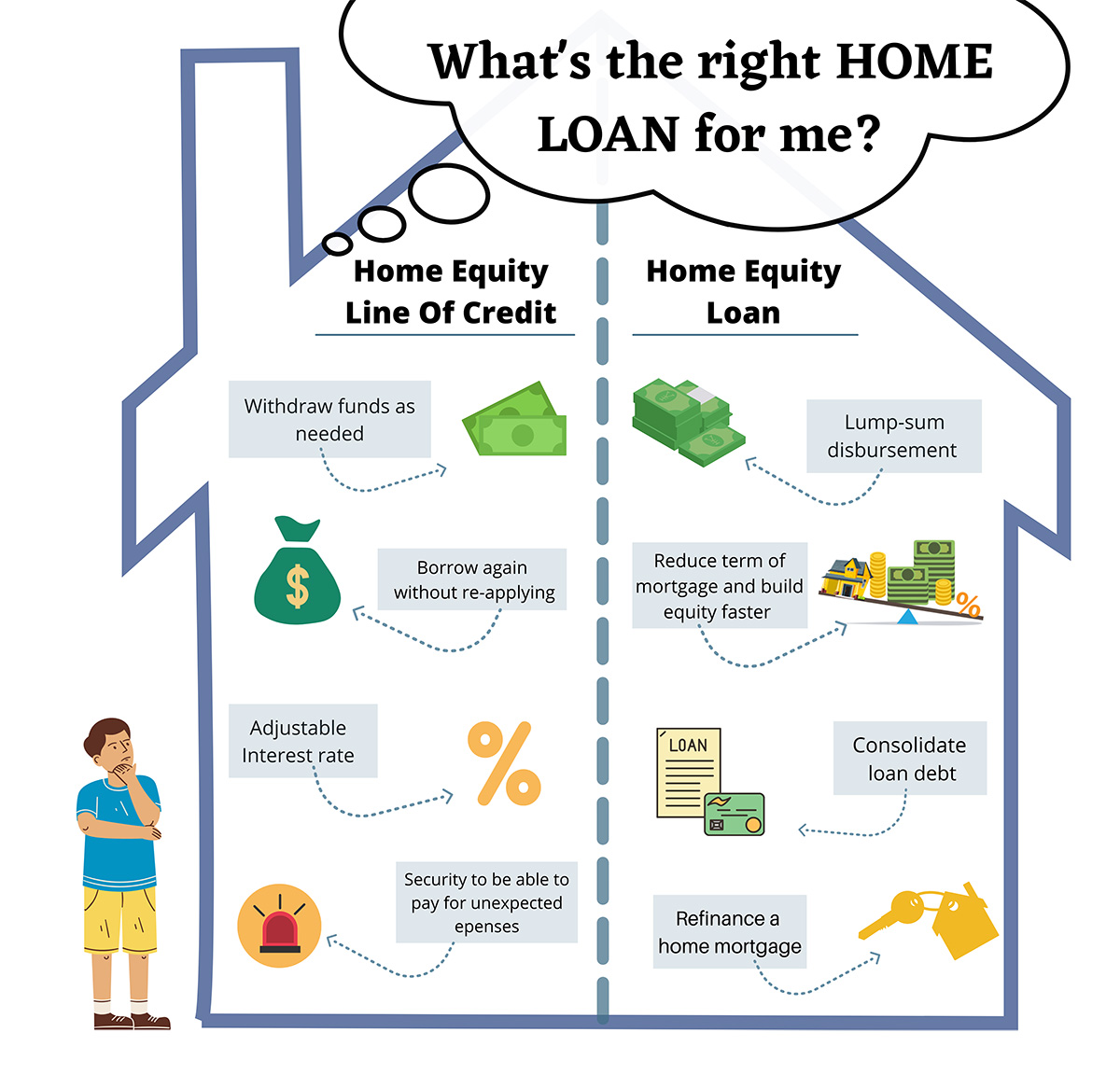Equity Release Mortgages Explained for First-Time Users
Equity Release Mortgages Explained for First-Time Users
Blog Article
Discovering the Various Types of Equity Release Mortgages Available Today
Equity Release home mortgages existing various alternatives for property owners aged 55 and over. equity release mortgages. These financial products provide to different demands and preferences, permitting people to access funds from their building. From life time home mortgages to common recognition mortgages, each kind provides unique advantages. Recognizing these choices is vital for making notified decisions. What elements should one take into consideration when selecting the most appropriate equity Release strategy? The details that adhere to may clarify this essential topic
Understanding Equity Release Mortgages
Equity Release mortgages supply house owners, normally those aged 55 and over, with a means to access the value bound in their residential property without requiring to sell it. This monetary alternative enables people to convert a portion of their home equity into cash money, which can be used for different objectives, such as home enhancements, paying off financial obligations, or financing retirement.Equity Release can take different kinds, however it basically entails borrowing against the value of the home while maintaining possession. Homeowners can choose to receive a lump amount or a collection of smaller sized payments, depending on their financial requirements and preferences.Additionally, the amount readily available for Release is affected by the home's worth, the homeowner's age, and certain lender criteria. In general, comprehending equity Release home loans is essential for property owners to make educated decisions regarding touching right into their home's equity while considering the long-term implications.
Lifetime Mortgages
Lifetime mortgages represent one of the most popular kinds of equity Release. This financial item permits home owners, typically aged 55 or older, to borrow against the value of their residential or commercial property while maintaining ownership. The funding, which is safeguarded versus the home, accumulates rate of interest in time but does not need regular monthly repayments. Rather, the loan and built up passion are settled when the home owner dies or moves into lasting care.Lifetime home mortgages use versatility, as customers can choose to obtain a round figure or choose a drawdown center, accessing funds as required. Importantly, numerous plans featured a no-negative-equity assurance, ensuring that consumers will certainly never owe greater than the value of their home. This feature gives satisfaction, permitting individuals to enjoy their retired life without the anxiety of diminishing their estate. In general, lifetime home mortgages work as a feasible alternative for those seeking monetary support in later life.
Home Reversion Program

Drawdown Life Time Mortgages
While many property owners look for methods to access their wealth, drawdown life time mortgages present a versatile choice that permits people to Release funds gradually. This sort of equity Release home loan allows home owners to borrow against the value of their building while keeping ownership. Unlike standard life time home loans, drawdown strategies enable customers to access a section of their equity upfront and take out added funds as required, approximately a fixed limit.This function can be especially beneficial for those who want to manage their funds thoroughly, as it lessens rate of interest build-up by only charging rate of interest on the quantities attracted. Furthermore, drawdown lifetime mortgages typically include a "no negative equity guarantee," ensuring that consumers will certainly never owe more than their home's worth. This alternative fits retired people who want monetary protection and versatility, enabling them to meet unanticipated expenditures or keep their way of living without needing to offer their building.
Improved Lifetime Mortgages
Boosted Lifetime Mortgages use unique benefits for eligible property owners looking for to Release equity from their buildings. Recognizing the qualification requirements is important, as it establishes who can take advantage of these specialized fundings. It is additionally important to examine the potential disadvantages linked with enhanced alternatives, making certain an all-round perspective on their use.
Qualification Criteria Discussed
Understanding the qualification criteria for Improved Life time Mortgages is important for prospective candidates seeking to access the equity in their homes. Usually, candidates must be aged 55 or older, as this age demand is conventional in the equity Release market. Property owners must have a residential property valued at a minimal threshold, which can differ by lending institution. Importantly, the property should be their main home and in great problem. Lenders often evaluate the property owner's wellness condition, as particular wellness problems might boost eligibility and advantages. In addition, candidates need to not have existing significant debts safeguarded versus the property. Meeting these criteria permits people to check out Improved Lifetime Home loans as a practical alternative for accessing funds bound in their homes.
Benefits of Enhanced Home Loans
After clarifying the qualification criteria, it ends up being apparent that Improved Lifetime Home mortgages supply a number of considerable benefits for home owners aiming to utilize their building equity. Largely, they give accessibility to a larger lending quantity compared to conventional lifetime home mortgages, benefiting those with health problems or age-related aspects that enhance their life span threat. This improved borrowing ability permits home owners to satisfy various economic needs, such as home enhancements or retirement expenditures. Furthermore, these mortgages commonly include adaptable payment alternatives, allowing borrowers to handle their finances better. The no-negative-equity assurance further ensures that homeowners will never owe greater than their residential property's value, supplying assurance. Overall, Improved Life time Home loans offer a compelling choice for qualified property owners looking for economic services.
Possible Downsides Thought About
While Boosted Life time Mortgages use numerous benefits, prospective downsides warrant cautious factor to consider. One substantial concern is the effect on inheritance; the equity launched lowers the worth of the estate left to beneficiaries. Additionally, these mortgages can accumulate significant passion over time, resulting in a significant financial debt that might go beyond the original funding quantity. There might also be limitations on building alterations or rental, restricting house owners' flexibility. Furthermore, improved items frequently need details wellness problems, meaning not all homeowners will certainly certify. Taking care of the fees and charges connected with these mortgages can be intricate, possibly leading to unanticipated expenses. Because of this, people must thoroughly examine their scenario and seek advice from monetary advisors prior to proceeding.
Shared Gratitude Home Loans
Shared Appreciation Home mortgages represent an one-of-a-kind monetary setup that enables homeowners to accessibility equity while sharing future building value increases with the loan provider. This approach supplies potential advantages such as decreased month-to-month payments, however it additionally comes with downsides that should be meticulously considered. Comprehending the eligibility check these guys out demands is necessary for those curious about this choice.
Principle Review
Equity Release home loans, specifically in the type of common appreciation mortgages, supply property owners an one-of-a-kind financial service that permits them to access funds by leveraging the worth of their home. In this setup, a lender supplies a loan to the homeowner, which is usually paid off with a share of the property's future appreciation in value. This indicates that when the home owner markets the residential or commercial property or passes away, the loan provider gets a percent of the raised worth, as opposed to just the preliminary finance quantity. Shared admiration home loans can be appealing for those looking to supplement their income or money significant expenditures while preserving possession of their home. The monetary ramifications of shared gratitude must be carefully considered by potential consumers.
Drawbacks and advantages
Although shared gratitude mortgages can provide substantial monetary advantages, they additionally feature noteworthy drawbacks that possible debtors ought to think about. These mortgages allow homeowners to access equity in their residential or commercial properties while sharing a part of any type of future recognition with the lender. This plan can be useful during times of rising property values, offering considerable funds without month-to-month payments. The primary downside is the potential loss of equity; house owners may end up with appreciably reduced inheritance for beneficiaries. Additionally, the intricacy of the terms can lead to misunderstandings pertaining to repayment responsibilities and the portion of admiration owed. It is essential for customers to weigh these aspects very carefully prior to devoting to a common admiration home mortgage.
:max_bytes(150000):strip_icc()/homeequityloan-e11896bf4ac1475a9806a55f92e0c312.jpg)
Qualification Requirements
What standards must house owners satisfy to receive a common appreciation home loan? Mostly, prospects need to be at the very least 55 years old, guaranteeing they are within the target market for equity Release items. Additionally, the residential or commercial property needs to be their key house and typically valued above a specified minimum limit, typically around ? 100,000. Lenders likewise examine the home owner's economic conditions, including income and arrearages, to identify they can take care of the mortgage responsibly. Importantly, the home should be in great problem and without significant legal encumbrances. Property owners ought to likewise have a clear understanding of the terms, consisting of just how admiration will be shared with the lender upon sale or transfer of the residential property, as this impacts general returns.
Selecting the Right Equity Release Option

Frequently Asked Inquiries
What Age Do I Need to Be for Equity Release?
The age demand for equity Release normally starts at 55 for a lot of plans. Some suppliers may supply options for those aged 60 and above, reflecting varying terms based on specific situations and lender plans.
Will Equity Release Affect My Inheritance?
Equity Release can affect inheritance, as the quantity borrowed plus rate of interest reduces the estate's value. Successors may get much less than anticipated, depending upon the residential property's gratitude and the total financial obligation at the time of passing.
Can I Relocate Residence With Equity Release?
The question of relocating residence with equity Release occurs often. Usually, people can transfer their equity Release plan to a new building, but particular terms and problems might use, calling for assessment with the loan provider for support.
Exist Costs Connected With Equity Release Mortgages?
Costs connected with equity Release mortgages can include arrangement fees, appraisal charges, and legal expenses. In addition, there might be very early repayment costs, which can influence the overall cost and financial implications for the borrower.
Exactly How Does Equity Release Influence My Tax Scenario?
Equity Release can impact one's tax circumstance by potentially boosting gross income, as released funds are considered funding. However, it usually does not incur prompt tax responsibilities, making it important to get in touch with a financial expert for personalized guidance.
Conclusion
In summary, the selection of equity Release mortgages offered today supplies homeowners aged 55 and over several paths to access their building's value - equity release mortgages. Whether going with a life time home mortgage, home reversion strategy, or various other options, each choice provides distinctive advantages customized to specific economic demands. Cautious consideration and examination with an economic expert are necessary to ensure the selected equity Release option lines up with personal goals and monetary scenarios, ultimately facilitating notified decision-making for More hints a safe monetary future. Equity Release mortgages existing numerous alternatives for house owners aged 55 and over. Equity Release mortgages offer homeowners, typically those aged 55 and over, with a means to access the worth tied up in their home without needing to market it. Boosted Lifetime Mortgages provide unique advantages for eligible homeowners looking for to Release equity from their residential or commercial properties. Equity Release home mortgages, especially in the type of common admiration home loans, offer home owners a special economic service that allows them to gain access to funds by leveraging the value of their property. In recap, the variety of equity Release mortgages available today provides property owners aged 55 and over several paths to access their building's value
Report this page